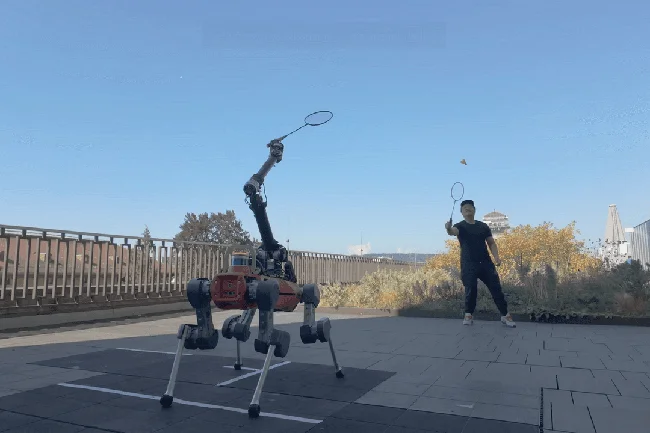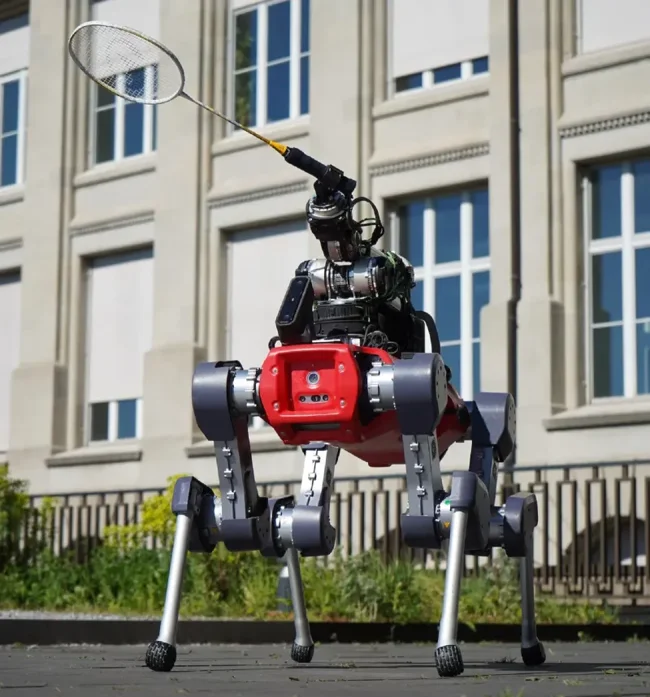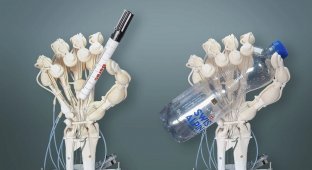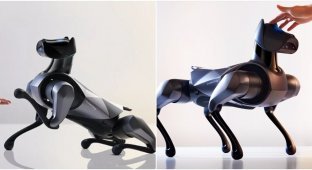A robot dog plays badminton with a person (3 photos + 1 video)
A four-legged robot from Zurich has learned to play badminton with people, maintaining rallies of up to 10 hits in a row. 
An incredible thing happened in the laboratory of the Swiss Federal Institute of Technology Zurich (ETH Zurich): the four-legged robot ANYmal-D won a badminton match against a human for the first time in history. Moreover, the machine did not just mechanically hit the shuttlecock, but demonstrated a real understanding of the game, which was made possible by a revolutionary algorithm.
When we first started the project, our colleagues were shaking their heads. Badminton seems simple, but for a robot it is an incredibly difficult task. After all, in order to really play successfully, the machine needs to instantly calculate the trajectory of the shuttlecock, optimally choose a position on the court, clearly coordinate the movements of all limbs and take into account the rebound and aerodynamics, - admits lead developer Yuntao Ma.
Ordinary industrial robots cannot cope with such tasks. Swiss engineers took a different path, creating a hybrid system where artificial intelligence was trained on thousands of hours of real matches.

How the system works
ANYmal-D tracks the shuttlecock using a special camera at 500 frames per second. Then one neural network predicts its movement taking into account aerodynamics, and the other plans the movement in real time. At the same time, hydraulic drives provide lightning-fast reaction.
The most difficult thing was to teach the robot to distribute weight correctly during strikes. A person does this intuitively, but the machine had to learn from scratch, explains Ma.
In test matches, the robot showed amazing results:
Won 73% of points in defense;
Made several spectacular feints;
Learned to predict the opponent's strategy.

But there are also weak points. The machine loses on smashes (powerful attacking strikes) - its cameras simply cannot keep up with the ball, flying at a speed of over 300 kilometers per hour. However, scientists are already working on improving the prediction algorithms, planning to install lightweight manipulators for faster strikes and equip the robot with new cameras with a frequency of 2000 frames per second.
In a year, we will present a version that will be able to compete with professional players, promises Professor Ma.
According to experts, ANYmal-D is not just a toy. Similar technologies can be used in industry in the future, in jobs where a robot needs to react quickly.





























